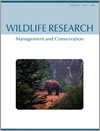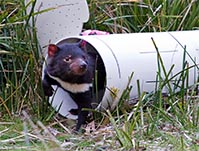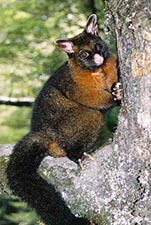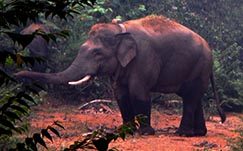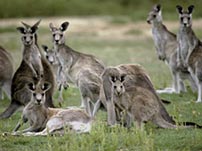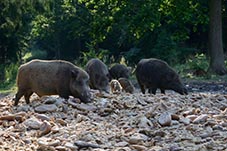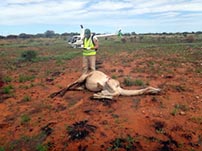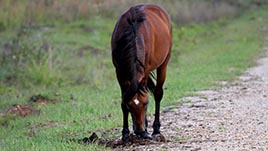WR16035Artificial water ponds and camera trapping of tortoises, and other vertebrates, in a dry Mediterranean landscape
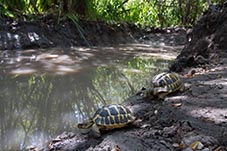
In Mediterranean area, reptiles generally escape observation, posing difficulties to perform inventories. We tested the efficiency of camera trapping with small artificial freshwater ponds to notably attract and detect the endangered Hermann’s tortoise. The low cost–efficiency ratio of this method allows to collect robust data necessary to justify the protection of key habitats that are coveted by property developer. Photograph by Joseph Celse.


